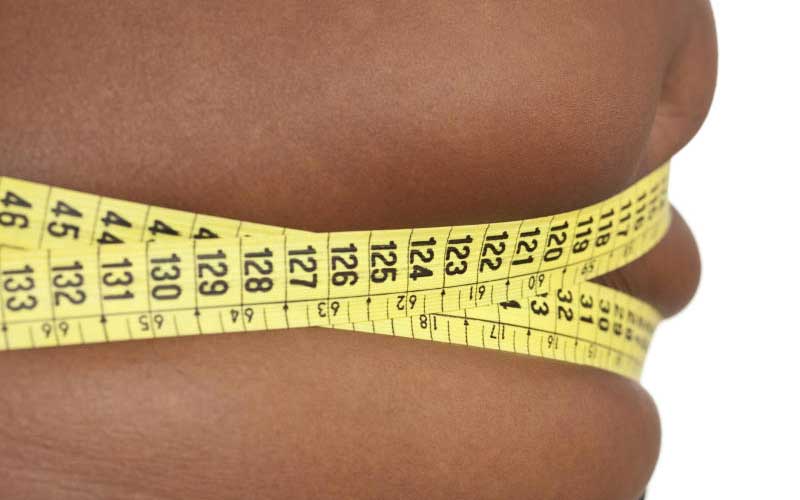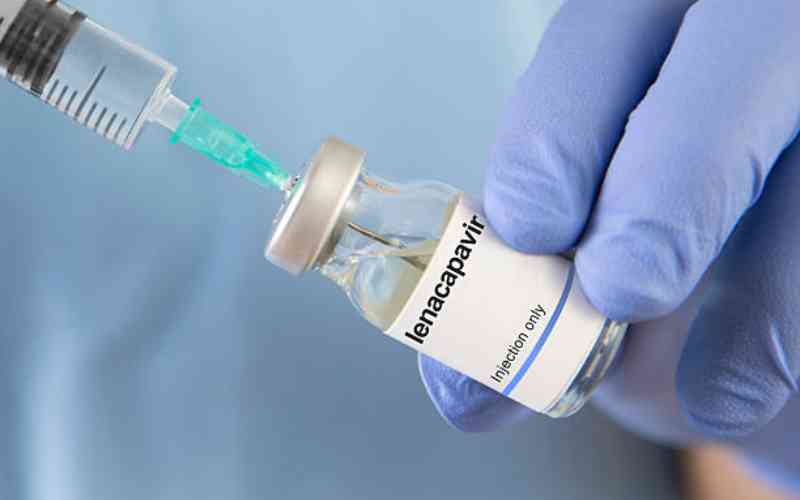
It is a tradition, among coastal women, to wear tummy slimming belts to shrink the belly after giving birth. Atubukha Muzna from Kilifi County embraced the tradition after the birth of her second born who is now four-months-old.
However, after a while, she noticed a protrusion slightly above her navel. She had never seen anyone with such a swelling and this got her worried.
Facts First
This story continues on The Standard INSiDER. Subscribe now for unfiltered journalism that holds power to account.
Already have an account? Login
 The Standard Group Plc is a multi-media organization with investments in media
platforms spanning newspaper print
operations, television, radio broadcasting, digital and online services. The
Standard Group is recognized as a
leading multi-media house in Kenya with a key influence in matters of national
and international interest.
The Standard Group Plc is a multi-media organization with investments in media
platforms spanning newspaper print
operations, television, radio broadcasting, digital and online services. The
Standard Group is recognized as a
leading multi-media house in Kenya with a key influence in matters of national
and international interest.











